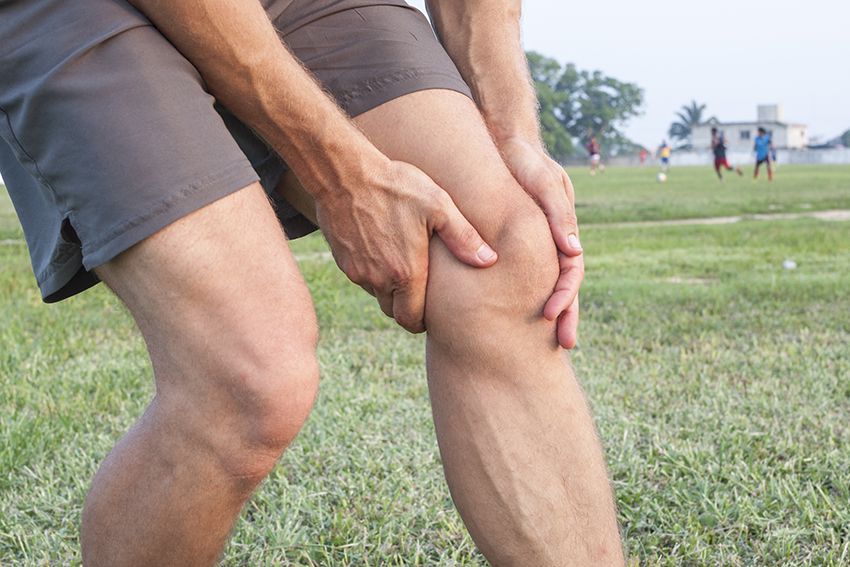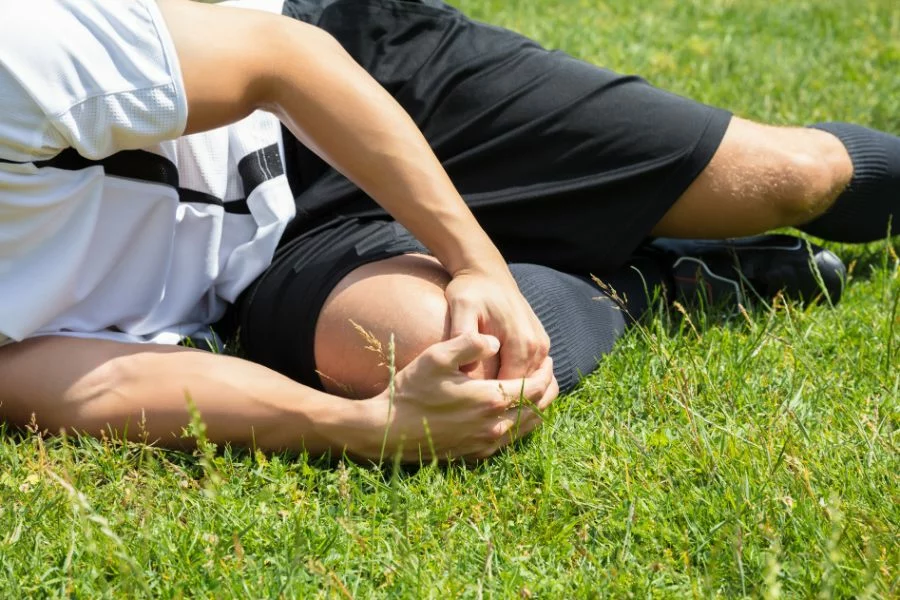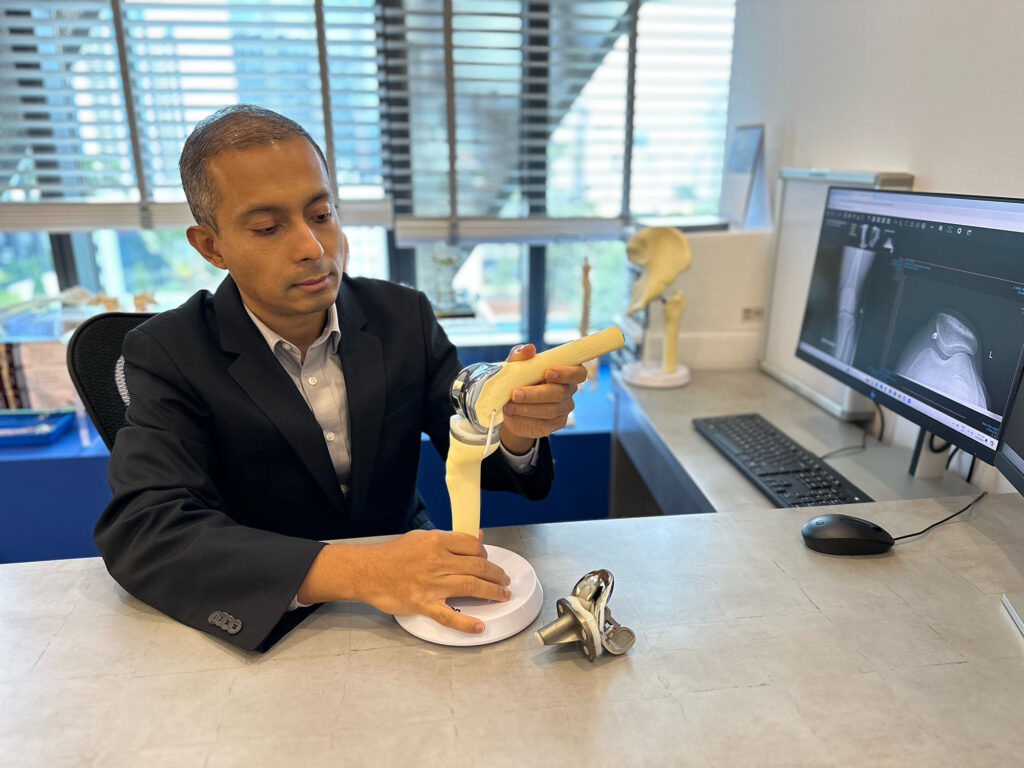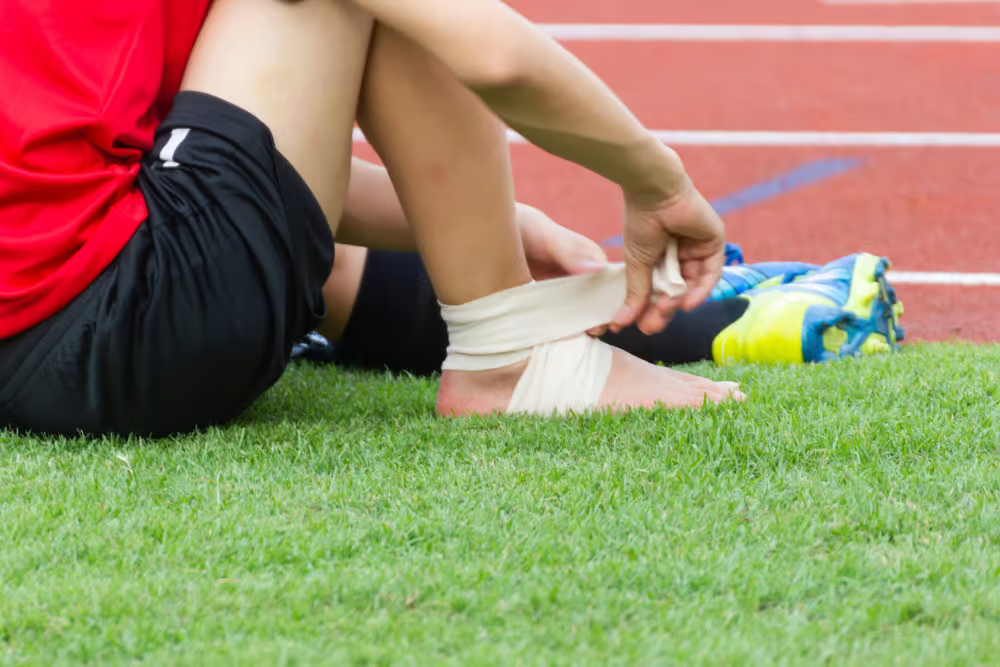Sports Injuries
When Staying Active Leads to Strains, Sprains, or Something More
Sports injuries can affect muscles, ligaments, tendons, or joints. Whether from sudden impact or repetitive strain, these injuries may interfere with training, competition, or even everyday movement.

Sports and Common Injuries
Different sports place stress on different parts of the body. Here are some common examples:
- Football / Soccer – ACL tears, meniscus injuries, ankle sprains, hamstring strains
- Basketball – ankle sprains, ACL injuries, jumper’s knee (patellar tendinitis), finger sprains
- Running / Athletics – shin splints, stress fractures, Achilles tendinitis, plantar fasciitis
- Tennis / Badminton – tennis elbow, rotator cuff injuries, wrist strains, shoulder impingement
- Swimming – swimmer’s shoulder (rotator cuff tendinitis), lower back strain, knee pain (breaststroke knee)
- Weightlifting / Gym Training – back strain, shoulder labral tears, wrist injuries, herniated discs
- Cycling – knee pain from overuse, hip tightness, neck and back strain
Common Sports Injuries We Manage
Click to learn more about each condition:
Overuse Injuries
Tendonitis, stress fractures, and shin splints
Spine-Related Sports Injuries
Slipped discs, sciatica, or stress-related back pain

Symptoms That Suggest a Sports Injury
Not every ache needs a doctor, but some signs shouldn’t be ignored:
- Pain that worsens during or after activity
- Swelling, stiffness, or bruising around a joint
- Clicking, locking, or catching sensations
- Weakness or instability when running, jumping, or pivoting
- Pain that doesn’t improve with rest

How We Diagnose Sports Injuries
Because sports injuries often overlap in symptoms, proper diagnosis is key. Assessment may include:
- Physical examination – checking movement, strength, and stability
- Imaging – X-rays for fractures, MRI for ligament, tendon, or cartilage injuries
- Activity review - understanding the type of sport and mechanics of injury

Treatment Options for Sports Injuries
Treatment depends on the type and severity of injury, as well as your activity goals:
- Rest and activity modification: avoiding aggravating movements
- Physiotherapy: rehabilitation to restore strength, flexibility, and balance
- Medications: to reduce pain and inflammation
- Injections: for pain relief or to aid recovery in certain injuries
- Surgery: ligament repair, tendon reconstruction, or arthroscopy in severe cases
Frequently Asked Questions (FAQ)
Not always. Many injuries allow for modified or low-impact activity while you recover. A doctor or physiotherapist can guide safe alternatives.
No. Some partial tears can heal with rest and physiotherapy. Complete tears, especially in active individuals, may need surgery.
Muscle soreness usually improves in a few days. Pain that persists, worsens, or limits movement may point to an injury.
Proper warm-ups, strength training, technique correction, and adequate rest between sessions all help reduce injury risk.
It depends on the type and severity of injury. Returning too early increases the risk of re-injury, so clearance from a doctor or physiotherapist is recommended.
Book a Consultation for Sports-Related Pain or Injury
If pain or instability is keeping you from playing your sport, book a consultation at Mash Spine & Orthopaedics for diagnosis and treatment options.




